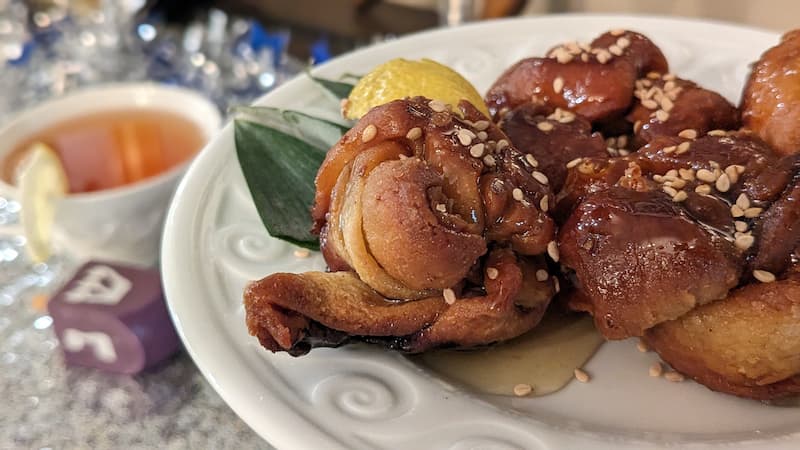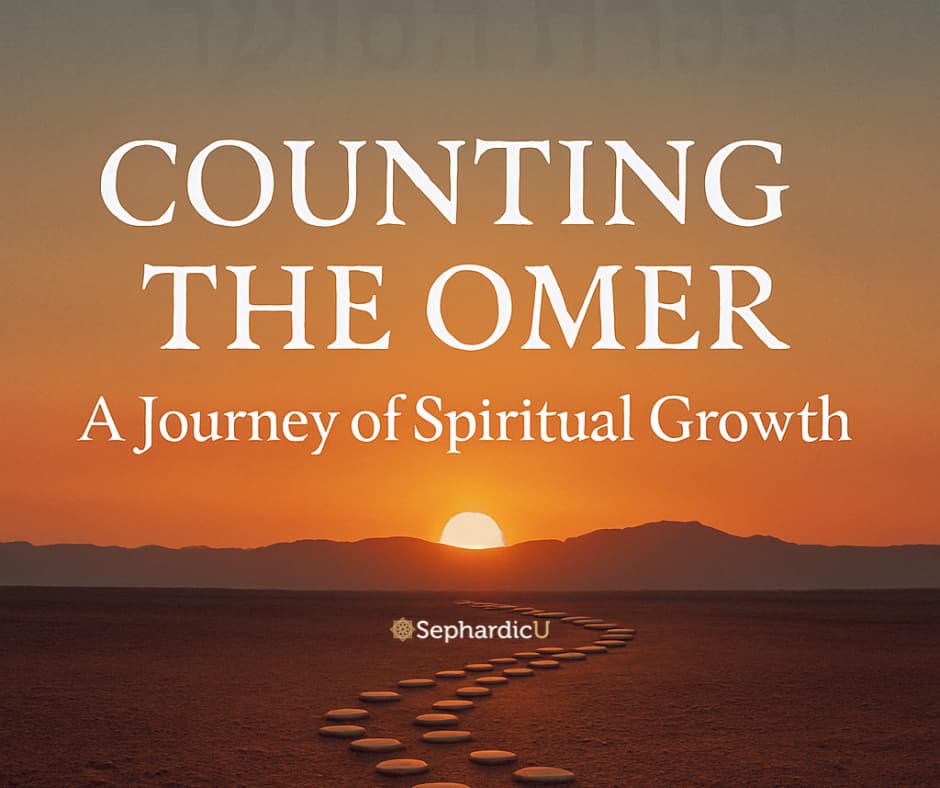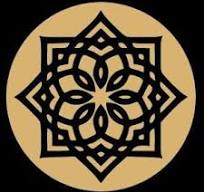Jump to Recipe
Print Recipe
Discover the sweet harmony of Shebakia, a rose-shaped pastry that unites Moroccan households during both Jewish celebrations, like Hanukkah, and Muslim festivities, especially Ramadan. Let’s delve into the rich history and diverse cultural influences that make Shebakia a symbol of unity and shared joy.
Shebakia in Jewish Celebrations
Shebakia Moroccan Pastry also known as Chebakia, Griwech or Griouech
Embrace the Festival of Lights with the golden layers of Shebakia adorning Moroccan Jewish tables during Hanukkah. Uncover the historical echoes of Ottoman desserts that contribute to the intricate flavors of this delectable pastry.
Shebakia in Muslim Celebrations
As the crescent moon marks the beginning of Ramadan, this treat becomes a centerpiece in Muslim households. Explore the Ottoman roots and Eastern pastry influences that make Shebakia a sweet companion to the joyous iftar gatherings.
Culinary Roots and Symbolism
Indulge in the culinary symphony of Shebakia—a fusion of deep-fried dough, honey, sesame, and orange blossom water. Beyond a dessert, Shebakia represents Morocco’s diverse cultural influences, creating a rich tapestry of flavors.
Shebakia’s Unity in Diversity
In different regions, Shebakia goes by various names, reflecting linguistic diversity within Morocco. This diversity mirrors the broader cultural tapestry of Morocco, where different communities seamlessly come together in celebration.
A Sweet Love Story and Tradition
Explore the charming folk tale of an itinerant pastry merchant crafting Shebakia in the shape of a beloved’s window. This story isn’t just a narrative; it’s a testament to the deep connection between culinary traditions and the celebration of love embedded in every bite of Shebakia.
How to Craft Your Own
Embark on a culinary journey and craft your Shebakia masterpiece. From the dance of ingredients to the sizzle of frying and the sweet embrace of honey soak, follow these steps to tell your own tale.
Ingredients Dance
Create a symphony of flavors by mingling flour, baking powder, salt, anise, cinnamon, saffron, turmeric, and mastic in a bowl.
Sweet Harmony of Wet Ingredients
Mix an egg, melted butter, olive oil, vinegar, orange flower water, and yeast dissolved in warm water to create a harmonious texture.
Kneading, a Dance of Texture
Feel the rhythm as you knead the dough to achieve a firm yet pliable consistency reminiscent of Play Dough.
Rolling Out the Story of Shebakia
Roll out a portion of the dough thinly and use a fluted pastry cutter to cut rectangles, each a canvas for your masterpiece.
Folding, Shaping, and Telling Your Tale
Tell a culinary story with your hands as you fold each rectangle into a flower shape, creating an artful expression of love.
Frying, the Sizzle of Culinary Symphony
Heat oil in a deep skillet and let the pastry dance in the golden bubbles until they reach a medium golden color.
Honey Soak, the Sweet Embrace
Bathe your Shebakia in warm honey infused with orange flower water, allowing them to absorb the sweetness according to your preference.
Garnish, the Final Flourish
Sprinkle the emerged treat with toasted sesame seeds, crowning them as the jewels of your culinary creation.
Shebakia Moroccan Pastry also known as Chebakia, Griwech or Griouech
#wprm-recipe-user-rating-0 .wprm-rating-star.wprm-rating-star-full svg * { fill: #ffce44; }#wprm-recipe-user-rating-0 .wprm-rating-star.wprm-rating-star-33 svg * { fill: url(#wprm-recipe-user-rating-0-33); }#wprm-recipe-user-rating-0 .wprm-rating-star.wprm-rating-star-50 svg * { fill: url(#wprm-recipe-user-rating-0-50); }#wprm-recipe-user-rating-0 .wprm-rating-star.wprm-rating-star-66 svg * { fill: url(#wprm-recipe-user-rating-0-66); }linearGradient#wprm-recipe-user-rating-0-33 stop { stop-color: #ffce44; }linearGradient#wprm-recipe-user-rating-0-50 stop { stop-color: #ffce44; }linearGradient#wprm-recipe-user-rating-0-66 stop { stop-color: #ffce44; }5 from 2 votes
Prep time: 1 hour hour 30 minutes minutes Cook time: 1 hour hour Total time: 3 hours hours Servings: 65 pastries
Author: Kosher Cowboy
EquipmentRolling Pin: Used to roll out the dough to the desired thickness.Pastry Wheel: Ideal for cutting the rolled-out dough into rectangles with narrow strips.Skillet and Pot: Skillet for toasting sesame seeds, and a pot for heating honey.Slotted Spoon or Skimmer: Essential for transferring the fried Shebakia from the oil to the hot honey.Strainer and Bowl: To strain excess honey and allow Shebakia to drain.Food Processor: Useful for grinding sesame seeds to a powdery consistency.Stand Mixer (Optional): If using a stand mixer, it helps in combining and kneading the dough.Tray or Baking Sheet: To place the shaped Shebakia dough before frying.Large Platter or Tray: For cooling and serving the finished Shebakia.Container for Storage: An airtight container for storing Shebakia once cooled.
#wprm-toggle-switch-1903406914 input:checked + .wprm-toggle-switch-slider { background-color: #417505 !important; }Cook ModePrevent your screen from going dark
PRINT RECIPE
PIN RECIPE
DESCRIPTION
Shebakia, a Moroccan delight, is a rose-shaped pastry deep-fried to golden perfection, coated in honey, and sprinkled with sesame. Celebrated during Hanukkah and Ramadan, it embodies cultural unity and the rich culinary tapestry of Morocco.
INGREDIENTS 1x2x3x▢ 7 oz. unhulled sesame seeds (about 1.5 cups)▢ 4 cups flour▢ ½ teaspoon baking powder▢ ½ teaspoon salt▢ 1 ½ teaspoons ground anise▢ 1 ½ teaspoons ground cinnamon▢ ½ teaspoon saffron threads (crumbled)▢ ½ teaspoon turmeric▢ 1 pinch mastic or gum arabic (crushed)▢ 1 extra-large egg▢ ¼ cup unsalted butter (melted)▢ ¼ cup olive oil▢ ¼ cup vinegar▢ ¼ cup orange flower water▢ 1 teaspoon yeast (dissolved in ¼ cup warm water)▢ For Cooking and Garnishing:▢ 36 oz. honey (approx.)▢ 2 tablespoons orange flower water▢ 6 cups vegetable oil (for frying (approx.))▢ ½ cup unhulled sesame seeds (toasted, for garnish)
ul.wprm-advanced-list-2022 li:before {background-color: #687796;color: #ffffff;width: 18px;height: 18px;font-size: 14px;line-height: 14px;}INSTRUCTIONS onoffToast Sesame Seeds: Pick through sesame seeds to remove debris. Toast in a skillet over medium heat or in a 400°F (200°C) oven for 10-15 minutes. Allow to cool. Make the Dough: Grind 1.5 cups of toasted sesame seeds in a food processor until powdery. In a large bowl, combine ground sesame, flour, baking powder, salt, anise, cinnamon, saffron, turmeric, and crushed mastic. Add the yeast mixture and remaining wet ingredients. Mix to form a stiff, pliable dough. Knead the Dough: Knead the dough by hand for 7-8 minutes or in a mixer with a dough hook for 4-5 minutes. Aim for a Play Dough-like texture.Roll Out the Dough: Take a portion of the dough, roll it out thinly on a floured surface, and cut into rectangles using a fluted pastry cutter. Fold into Flower Shapes: Thread your middle finger through alternating strips of dough in each rectangle. Pinch together outer corners to form the center of a flower shape. Turn strips inside out around the pinched portion, creating an elongated flower shape. Fry the Shebakia: Heat vegetable oil in a skillet. Fry each batch of Shebakia until medium golden brown (about 10 minutes). Soak in Honey: Heat honey until frothy, add orange flower water, and turn off the heat. Transfer fried Shebakia directly to the hot honey, submerging them. Allow to soak for 5-7 minutes.Garnish and Serve: Drain soaked Shebakia and place on a platter. Sprinkle with toasted sesame seeds. Allow to cool before storing.
NotesEnjoy your homemade Shebakia – a delightful Moroccan treat for festive celebrations!
NUTRITIONServing: 1gCalories: 115kcalCarbohydrates: 20gProtein: 2gFat: 4gSaturated Fat: 1gPolyunsaturated Fat: 1gMonounsaturated Fat: 2gTrans Fat: 0.03gCholesterol: 4mgSodium: 24mgPotassium: 39mgFiber: 1gSugar: 13gVitamin A: 26IUVitamin C: 0.1mgCalcium: 46mgIron: 1mg
DID YOU MAKE THIS RECIPE?Tag me @gokoshercowboy and hashtag it #gokoshercowboy
Conclusion
This isn’t just a dessert; it’s a culinary ambassador that bridges religious and cultural gaps. Whether adorning the tables of Jewish households during Hanukkah or being savored by Muslim families during Ramadan, Shebakia is a celebration of unity, shared joy, and the rich tapestry that is Moroccan culture. This delectable pastry isn’t just a dish; it’s a symbol of the harmonious coexistence of diverse traditions in the heart of North Africa. Now, go ahead, let the culinary symphony of this treat unfold in your kitchen.
Unlock the cultural richness of Shebakia, where every bite tells a story of unity and celebration.
0Share this:Click to print (Opens in new window)Click to share on Pinterest (Opens in new window)Click to share on Facebook (Opens in new window)Click to share on Twitter (Opens in new window)Click to share on WhatsApp (Opens in new window)MoreClick to share on Telegram (Opens in new window)Click to share on Tumblr (Opens in new window)Click to share on Pocket (Opens in new window)Click to share on Reddit (Opens in new window)Click to share on LinkedIn (Opens in new window)Like this:Like Loading…
Related









Ohr HaChaim Yomi – Shemini